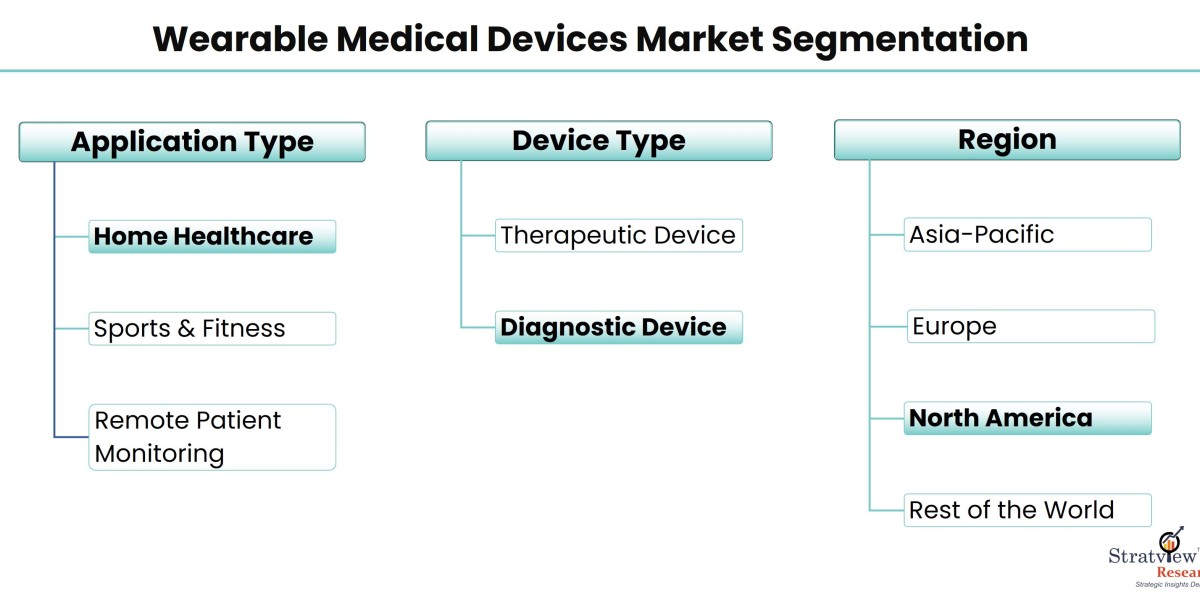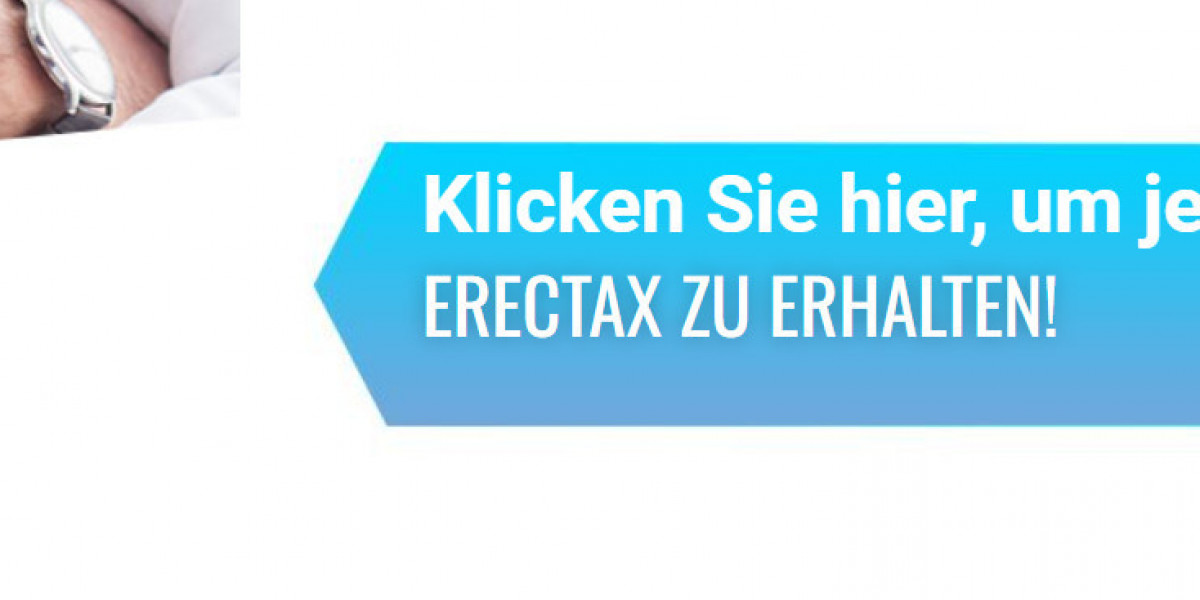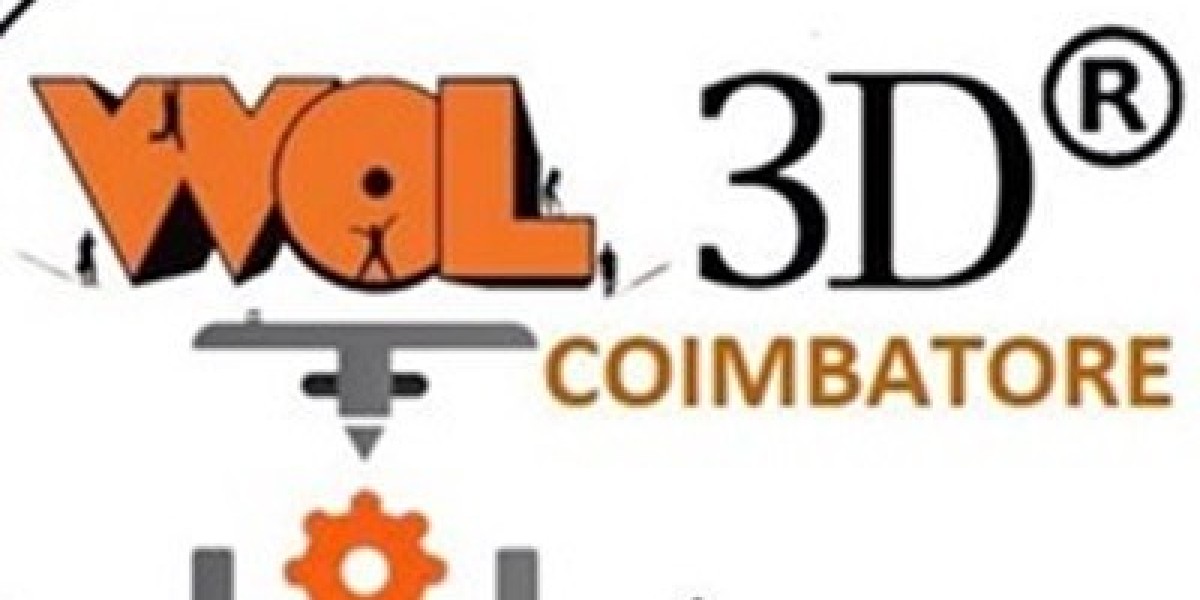The wearable medical devices market has been experiencing rapid global growth, fueled by technological advancements, increased health awareness, and the rising demand for remote healthcare solutions. These devices, ranging from fitness trackers and smartwatches to more advanced health monitors, are transforming the way individuals and healthcare providers approach wellness and disease management. This article explores the key global trends shaping the wearable medical devices market.
According to Stratview Research, the wearable medical devices market was estimated at USD 26.6 billion in 2022 and is likely to grow at a CAGR of 23.7% during 2023-2028 to reach USD 95.4 billion in 2028.
1. Growing Demand for Remote Health Monitoring
Remote health monitoring has emerged as a critical trend in the wearable medical devices market. The COVID-19 pandemic accelerated the adoption of telemedicine and remote healthcare solutions, and wearable medical devices have become essential tools in this transformation. Devices like heart rate monitors, continuous glucose monitors, and blood pressure trackers allow healthcare providers to monitor patients in real-time from anywhere. This trend has particularly benefited patients with chronic conditions, enabling timely interventions and reducing the need for frequent hospital visits.
2. Integration of Artificial Intelligence and Data Analytics
The integration of artificial intelligence (AI) and data analytics into wearable medical devices is driving innovation in the market. These technologies enable devices to analyze vast amounts of health data, detect patterns, and provide personalized insights. AI-powered wearables can predict potential health issues, recommend lifestyle changes, and even alert healthcare providers in emergencies. Data analytics is also enhancing the accuracy and reliability of health measurements, making wearable devices more effective and trusted by consumers and professionals alike.
3. Focus on Preventive Care and Health Awareness
Preventive care is becoming a major focus in healthcare systems worldwide, and wearable medical devices are playing a vital role in this shift. Consumers are becoming more proactive about their health, and wearables allow them to monitor their fitness, sleep, and vital signs continuously. Devices like fitness trackers and smartwatches with health-monitoring features help users set health goals, track progress, and make informed decisions about their lifestyles. This trend is particularly strong in developed markets, where health-conscious consumers are driving demand for innovative wearable devices.
4. Increasing Adoption in Emerging Markets
While wearable medical devices have traditionally seen high adoption rates in North America and Europe, emerging markets in Asia-Pacific, Latin America, and the Middle East are rapidly catching up. Rising disposable incomes, increased access to healthcare, and growing awareness of wearable technology's benefits are driving demand in these regions. Additionally, governments in emerging markets are investing in digital health infrastructure, further supporting the growth of the wearable medical devices market.
5. Expansion of Wearable Technology Beyond Fitness
Initially, the wearable medical devices market was dominated by fitness-focused products. However, the scope has expanded significantly, with wearables now being used to monitor a wide range of health conditions. Devices are now available to track sleep apnea, monitor heart health, detect arrhythmias, and even perform electrocardiograms (ECGs). This diversification is opening up new opportunities for growth, as more healthcare applications for wearable technology are being explored.
Conclusion
The global wearable medical devices market is evolving rapidly, driven by advancements in technology, the shift toward preventive care, and the increasing need for remote health monitoring. With AI, data analytics, and expanded use cases, wearable medical devices are becoming indispensable tools in modern healthcare. As emerging markets continue to embrace this technology, the future of the wearable medical devices market looks promising, with opportunities for innovation and growth across the globe.









